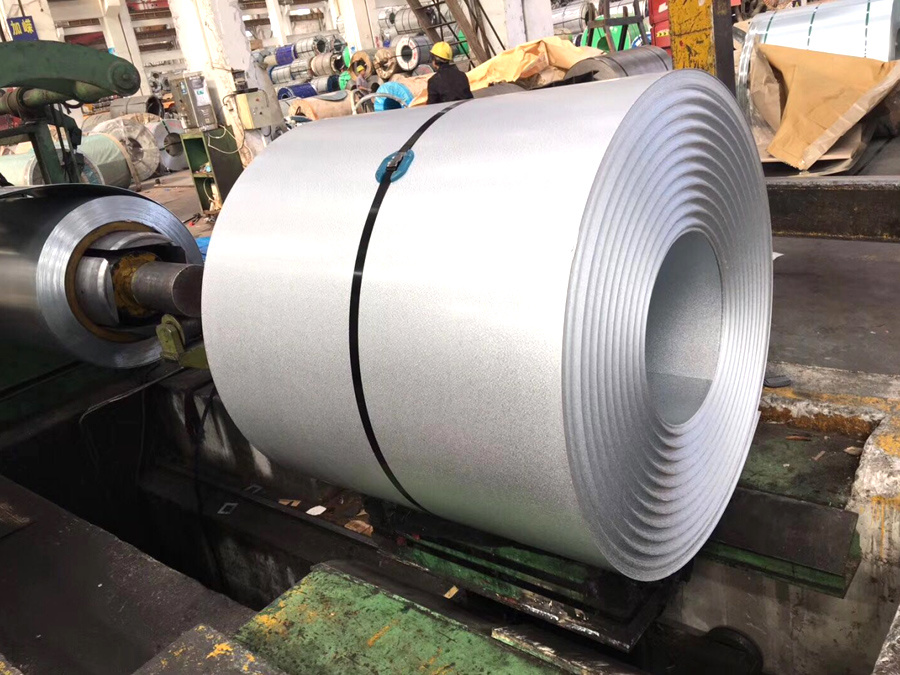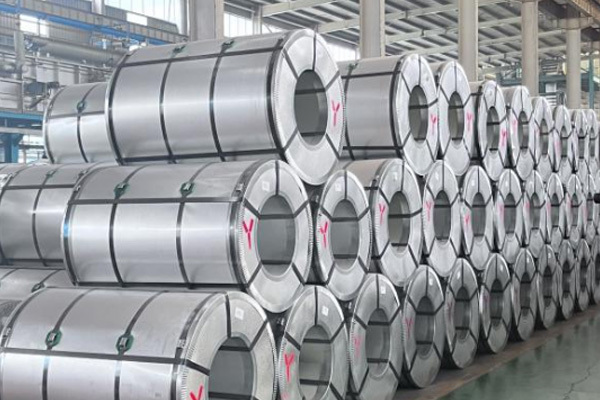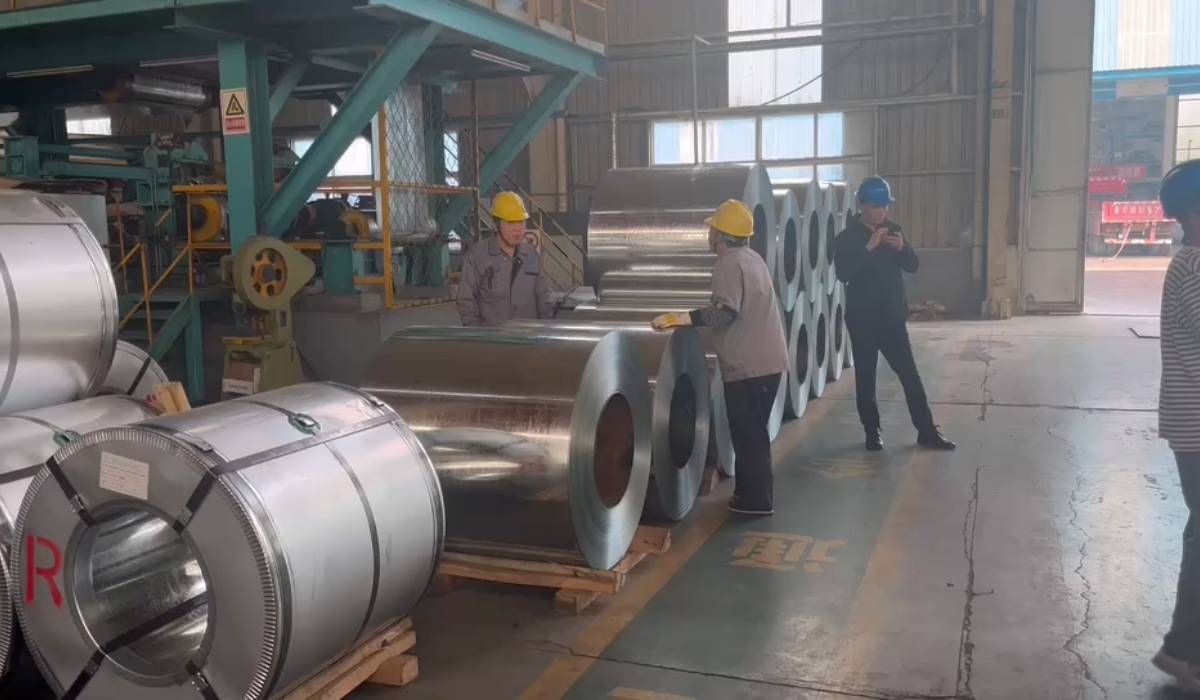Steel Coils Types Explained: Hot Rolled vs Cold Rolled
Steel coils are one of the most important semi-finished products in the steel industry. They are widely used in construction, automotive, appliances, shipbuilding, and infrastructure. For buyers, engineers, and contractors, understanding the types of steel coils—mainly hot rolled and cold rolled—is essential to making the right purchasing decision.
What Are Steel Coils?
Steel coils are continuous steel sheets that have been rolled into large cylindrical shapes for easier storage and transportation. They are typically produced in a steel mill, starting from slabs or billets, which are then heated, rolled, and coiled.
Steel coils vary in size, thickness, and grade depending on the production process and intended use. They can be further processed into sheets, strips, or other steel products.
Steel coils are extremely versatile. Some of the most common uses include:
Construction: roofing, wall panels, structural components
Automotive industry: body panels, chassis, and frames
Appliances: refrigerators, washing machines, ovens
Shipbuilding and pipelines: strong structural steel applications
Machinery: equipment, tools, and parts manufacturing
This wide range of applications makes steel coils one of the most traded steel products globally.
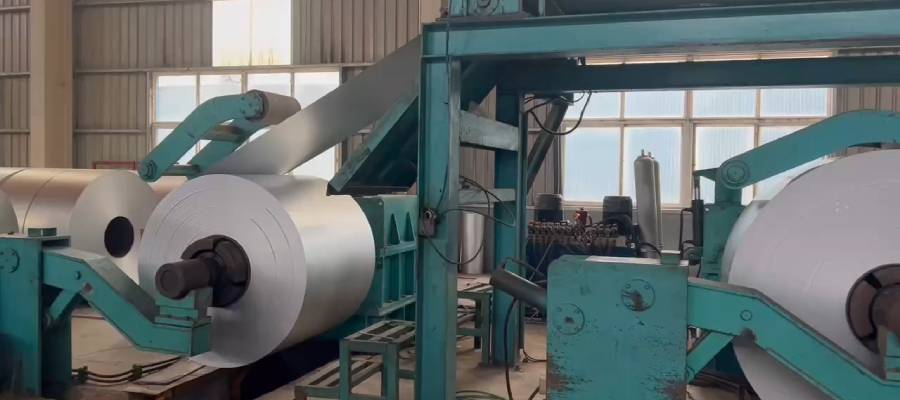
How Much Does a Steel Coil Weigh?
The weight of a steel coil depends on three main factors:
Thickness (in millimeters)
Width (in millimeters)
Length (rolled in meters)
A common formula to calculate coil weight is:
Weight (kg) = Width (m) × Thickness (m) × Length (m) × Density of Steel (7,850 kg/m³)
In practice, a typical steel coil weighs between 5 tons and 25 tons, though smaller or larger coils can be produced depending on customer requirements.
For example:
A hot rolled steel coil 3.0mm × 1250mm × 1000m ≈ 29.4 tons
A cold rolled steel coil 1.0mm × 1000mm × 1000m ≈ 7.85 tons
This is why buyers often ask “how much does a steel coil weigh” before placing orders—it affects shipping costs, handling, and equipment requirements.
Types of Steel Coils
There are two main types of steel coils available in the market:
Hot Rolled Steel Coils
Cold Rolled Steel Coils
Each type has unique characteristics, advantages, and applications.
Hot Rolled Steel Coils
Hot rolled steel is produced by heating steel slabs to over 900°C and rolling them into coils while still hot.
Key Features:
Rough surface finish
Lower cost compared to cold rolled
Easier to shape and form
Suitable for applications where tolerances are not critical
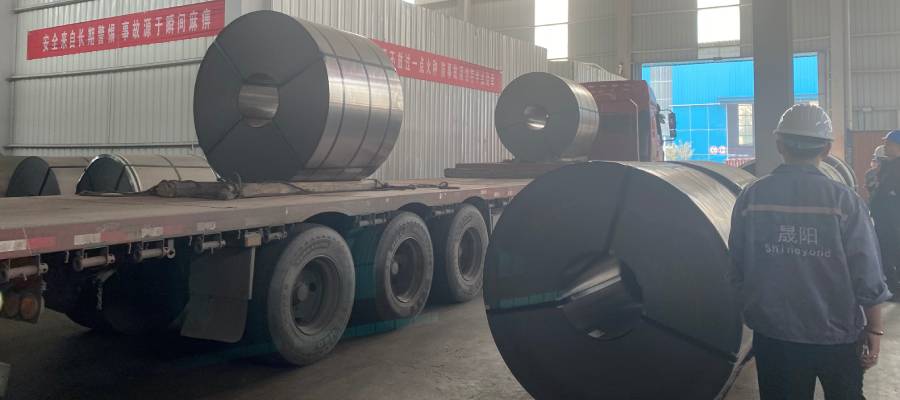
Common Applications:
Construction beams and columns
Shipbuilding and bridges
Railway tracks
Pipelines and tanks
Cold Rolled Steel Coils
Cold rolled steel is produced by further processing hot rolled steel at room temperature. This results in greater strength and a smoother finish.
Key Features:
Smooth, polished surface finish
Higher strength and hardness
Greater dimensional accuracy
More expensive than hot rolled
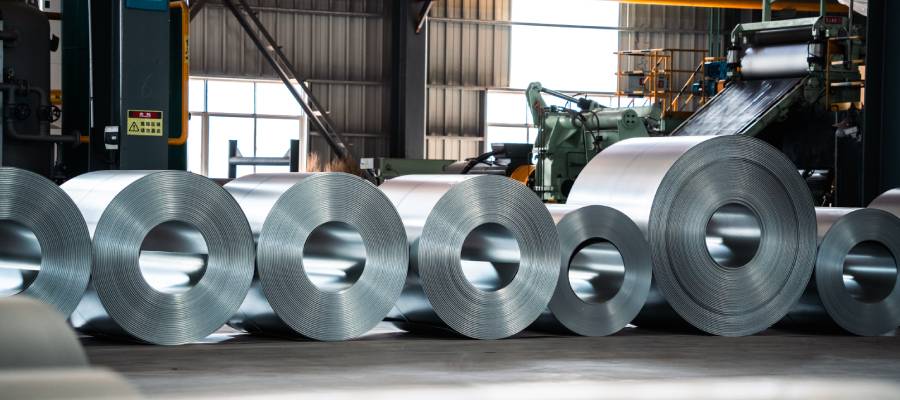
Common Applications:
Automotive body panels
Appliances (refrigerators, washing machines, microwaves)
Furniture and office equipment
Roofing, wall panels, and decorative applications
Hot Rolled vs Cold Rolled Steel Coils: Comparison Table
| Feature | Hot Rolled Steel Coils | Cold Rolled Steel Coils |
|---|---|---|
| Production Process | Rolled at high temperature (>900°C) | Further processed at room temperature |
| Surface Finish | Rough, scaled surface | Smooth, polished finish |
| Cost | Lower | Higher |
| Strength | Good, but less than cold rolled | Higher strength and hardness |
| Accuracy | Lower dimensional accuracy | High dimensional accuracy |
| Applications | Construction, bridges, pipelines | Automotive, appliances, furniture |
Other Types of Steel Coils
In addition to hot rolled and cold rolled coils, there are also coated steel coils for specialized applications:
Galvanized Steel Coils (GI): Zinc-coated for corrosion resistance
Galvalume Steel Coils (GL): Aluminum-zinc coated for longer lifespan
Color Coated Steel Coils (PPGI/PPGL): Pre-painted for roofing and decorative use
These types combine the strength of steel with added protection against rust and weathering.
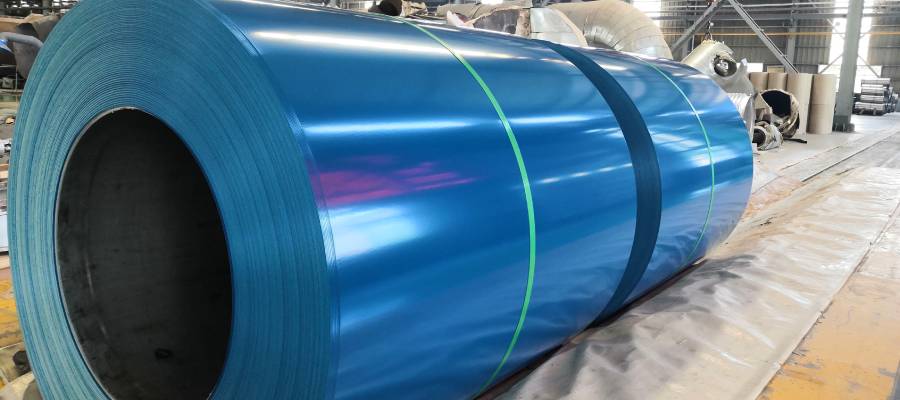
Why Choose the Right Steel Coil?
Choosing the right type of steel coil impacts:
Project durability (lifespan of structures)
Cost efficiency (raw material and maintenance costs)
Safety (structural reliability)
Aesthetics (appearance of visible parts)
For example, if you are constructing a bridge, hot rolled coils are ideal due to their strength and affordability. But if you are manufacturing a refrigerator or car body, cold rolled or coated coils are better choices.
Steel coils are the backbone of the modern construction and manufacturing industries. By understanding the differences between hot rolled steel coils and cold rolled steel coils, buyers can select the right material for their needs.
RELATED INFORMATION
Understanding Galvalume Steel Coil: Properties, Applications, and Production Process
2025-04-05
What is a Steel Coil? Understanding Its Roles, Types, and Applications
2025-07-16




